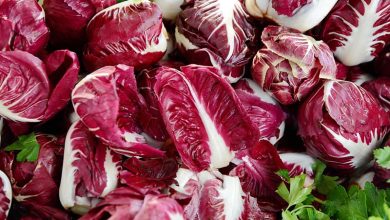Ardisia: [Cultivation, Irrigation, Care, Pests and Diseases]
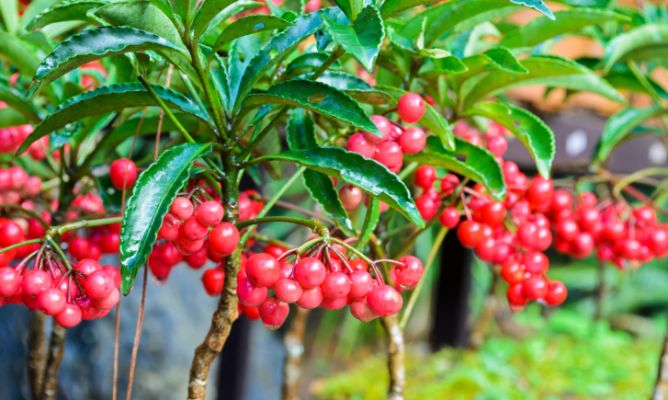
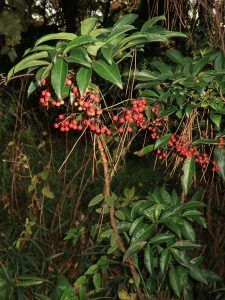 Ardisia is the name of a genus in the subfamily Myrsinoideae, made up of 700 species. These include A. japonica, A. crispa, A. humilis, A. solanacea, among others. However, the details about the Ardisia crenata will be shared in this article.
Ardisia is the name of a genus in the subfamily Myrsinoideae, made up of 700 species. These include A. japonica, A. crispa, A. humilis, A. solanacea, among others. However, the details about the Ardisia crenata will be shared in this article.
Ardisia is a shrub native to East and Southeast Asia, as well as parts of India. It has been widely used as an ornamental plant due to its attractive red fruits.
The roots are used in traditional Chinese medicine to treat respiratory infections, tonsillitis, menstrual disorders, as well as parasitosis.
The ardisia has been considered an invasive species and of environmental concern in some regions of the United States, Australia, Japan, the Philippines and Taiwan. It has great propagation capacity and tends to displace native species.
Important points when sowing ardisia:
- Scientific name: Ardisia crenata.
- Common name: Ardisia, coral ardisia, coral tree, Christmas berry.
- Height: 1 meter.
- Need for light: Semi-shade and shade.
- Temperature: Warm and tropical climates(18ºC to 30ºC).
- Irrigation: Medium to high.
- Fertilizer: Balanced fertilizer.
What characteristics does the ardisia have?
Ardisia crenata is a small, multi-stemmed, evergreen shrub that is usually 1 meter tall, but occasionally reaches 2 meters. Branches, 4 to 16 centimeters long, sprout from the stems and divide into smaller branches from which leaves and flowers are born.
Its leaves are long and alternate, waxy, dark on top, with jagged and rounded edges. These reach less than 21 centimeters in length. The small flowers of the ardisia are white with pink highlights.

They measure between 4 to 6 millimeters, they are grouped in simple inflorescences, which generally emerge under the foliage. They bloom in late spring and early summer.
The fruit is a berry that appears 2 years after budding, in autumn. It is initially green in color, but turns bright red as it matures. It reaches 5 to 8 millimeters in diameter. Inside it keeps only one seed.
When to sow the ardisia?
Ardisia can be grown from seed in the spring. If the propagation is done by cuttings, it should be done during the summer.
Where to plant the ardisia?
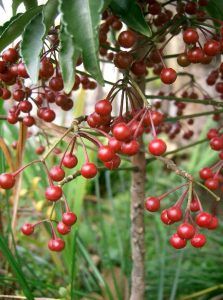 Ardisia is a species that grows in hot climates, in tropical and subtropical regions. In fact, high temperatures are a key aspect for its cultivation.
Ardisia is a species that grows in hot climates, in tropical and subtropical regions. In fact, high temperatures are a key aspect for its cultivation.
The optimal temperature is usually 25ºC, but it can be grown between 15ºC and 32ºC. On the other hand, it is a plant that, although it requires sunlight, prefers partially shaded places.
Its optimal sunlight conditions vary between 18% and 45%. If they are left completely in the sun, they could become damaged.
How to prepare the land?
The ardisia prefers fertile, moist, well-drained soils with a pH of 4 to 10, whether neutral, alkaline, acid or very acid. For texture, heavy and medium soils are recommended.
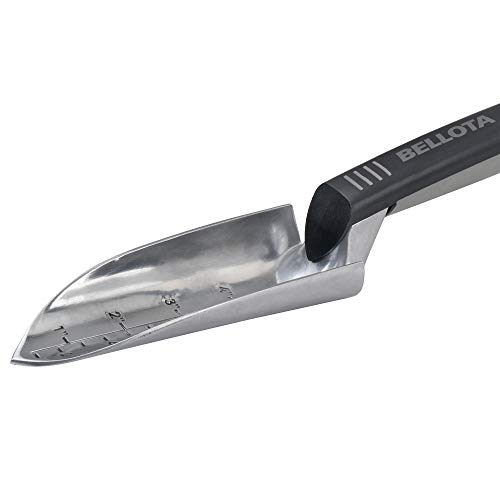
Although not generally necessary, a balanced slow-release fertilizer can be fertilized during the growing seasons, which are generally the spring and summer months.

How do we water the ardisia?
The ardisia bush needs humid environments to be able to develop. However, it is necessary to find a sufficient measure so as not to fall into the saturation of the substrate or its drought.

To find the ideal frequency and quantity, it is recommended to start watering once a week and check the conditions of evaporation or absorption of the soil. Depending on the time that the substrate takes to dry, it can be increased.
How often do we water the ardisia?
During the hot or dry season, it is recommended to water 2 or 3 days a week, until the soil is moist, without giving way to waterlogging. On the other hand, irrigation can be done 1 or 2 times a week during the rest of the year.
How to sow an ardisia step by step?
It can be reproduced by seed and by vegetative cuttings. However, it should be considered that ardisia takes a period of 4 years to develop from seed and 2 years from vegetative propagation. Both methods are shared below.
by seed
Ardisia seed takes a long time to germinate due to its internal dormancy. It is recommended to scarify it and remove its cover to speed up the germination process. However, such a procedure is not essential. The following steps can be followed:
- Place the ardisia seeds in plastic boxes (6x6x9 centimeters), filled with moist vermiculite, and store at a temperature of 5ºC for 3 or 4 months.
- Sow in a seedbed in moist vermiculite substrate, 1 centimeter deep, at temperatures of 20ºC to 30ºC. They must be moistened with the help of an atomizer and protected from wind and rain.
- Wait for them to germinate, for 13 or 14 weeks. Then, wait for the seedlings to sprout a couple of true leaves, transplant them into pots with universal substrate and water frequently until the plant is established.
by cuttings
- From a mature plant, cut the tip of a stem 10 centimeters long with a clean, sterilized instrument.
- Treat the cutting with rooting hormones (NAA and IBA) to induce growth speed.
- Place the cutting in a pot with peat and coarse sand, in the light and at a temperature of 25 ºC.
- The plant can be definitively transplanted into the ground after having developed its first shoots.
What care does the ardisia need?
One of the recommendations is to clear the land so that the berries do not form a thick layer of berries and prevent the growth of native plants. This is important because the ardisia tends to monopolize resources and prevents the incidence of light.

On the other hand, it is important to take care that the plant is not exposed to drastic changes in temperature, since they are very susceptible to them, especially the young ones. However, once they are established, they can tolerate temperatures of 37ºC and above.
What pests and diseases affect the ardisia?
Little information exists on the natural enemies of the ardisia. Of those with records, the pathogen Haematonectria haematococca, a fungus that causes rotting of roots and stems, is reported.
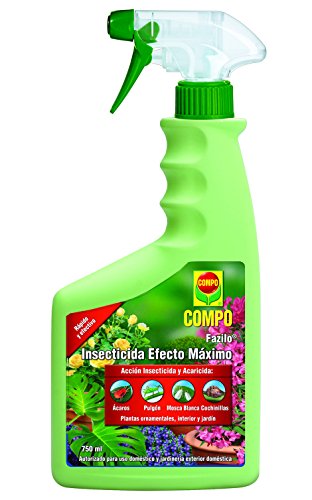
References
- http://www1.inecol.edu.mx/inecol/documentos/frutos_silvestres_comestibles.pdf
- https://edis.ifas.ufl.edu/pdffiles/AG/AG28100.pdf
- http://www.technigro.com.au/wp-content/uploads/2016/12/12-Coral-Ardisia.pdf
- https://es.qaz.wiki/wiki/Ardisia_crenata
- https://www.cabi.org/isc/datasheet/119055#tosummaryOfInvasiveness
- https://www.hindawi.com/journals/jb/2012/679765/
- https://www.sciencedirect.com/science/article/abs/pii/S0304423804001992?via%3Dihub
- https://www.elicriso.it/es/como_cultivar/ardisia/

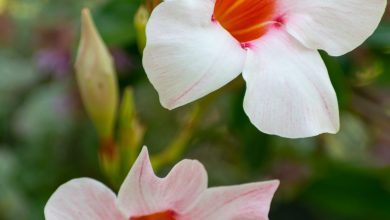
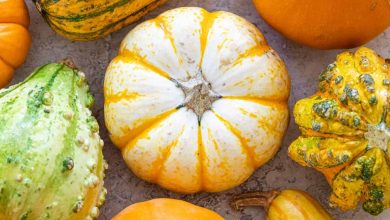
![Photo of Corn Piral (Ostrinia nubilalis): [Characteristics, Detection, Effects and Treatment]](https://www.complete-gardening.com/wp-content/uploads/2021/06/Que-es-el-piral-del-maiz-scaled-1-390x220.jpg)
